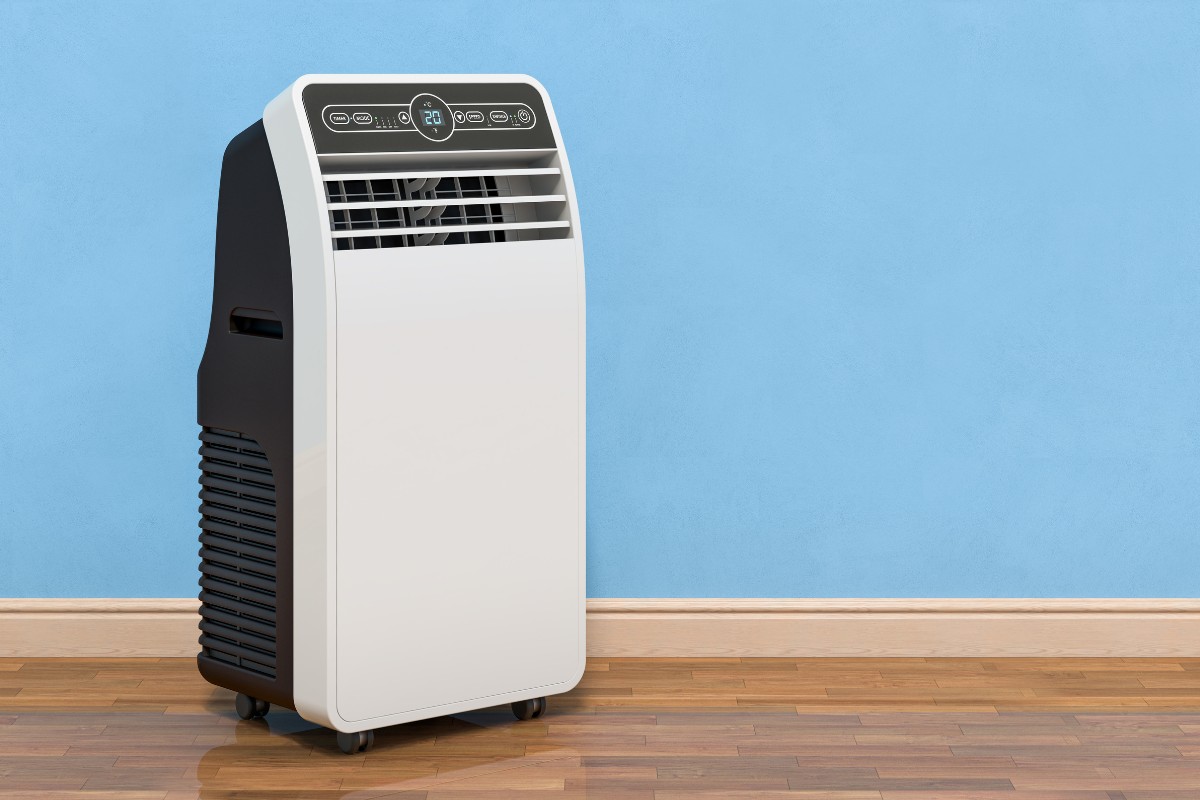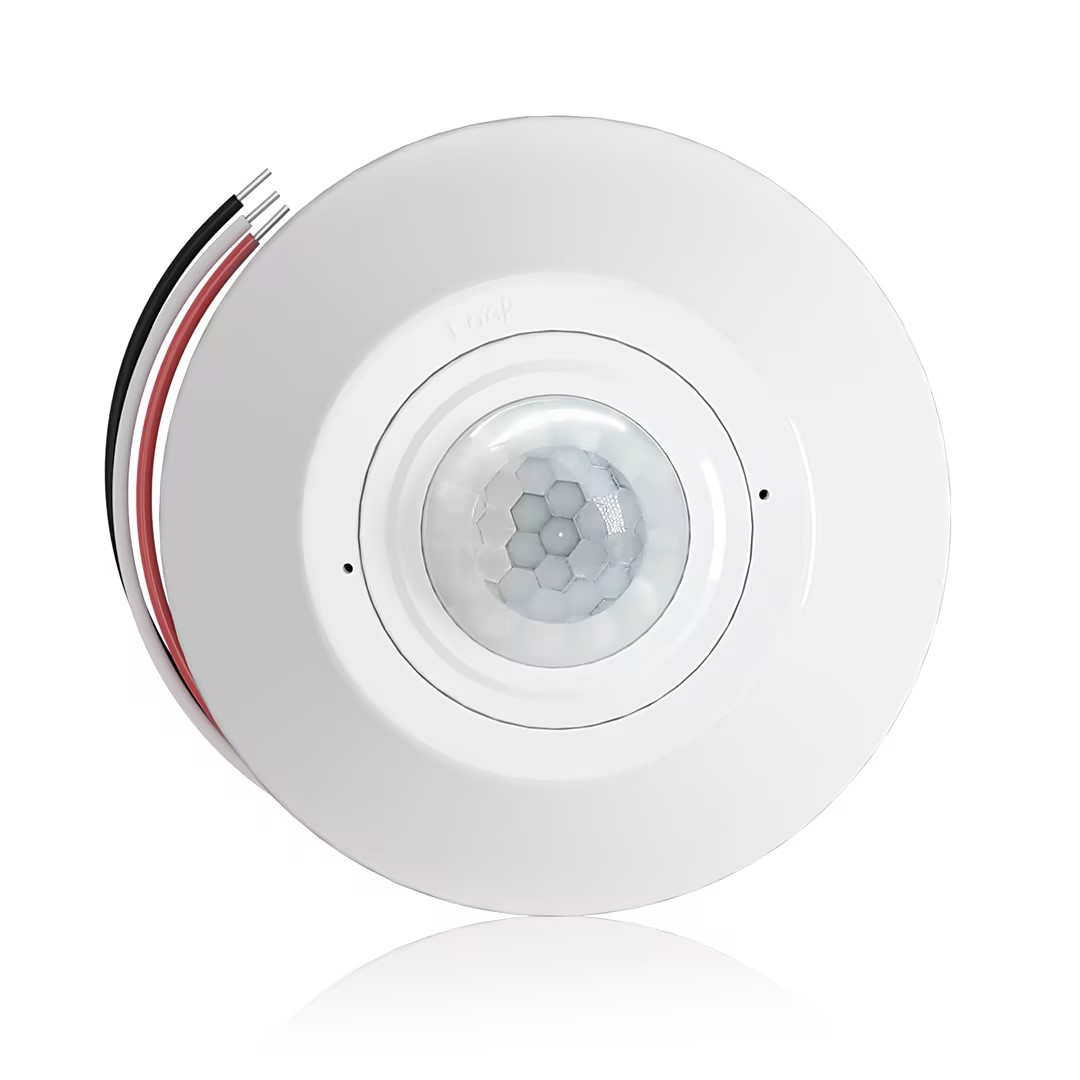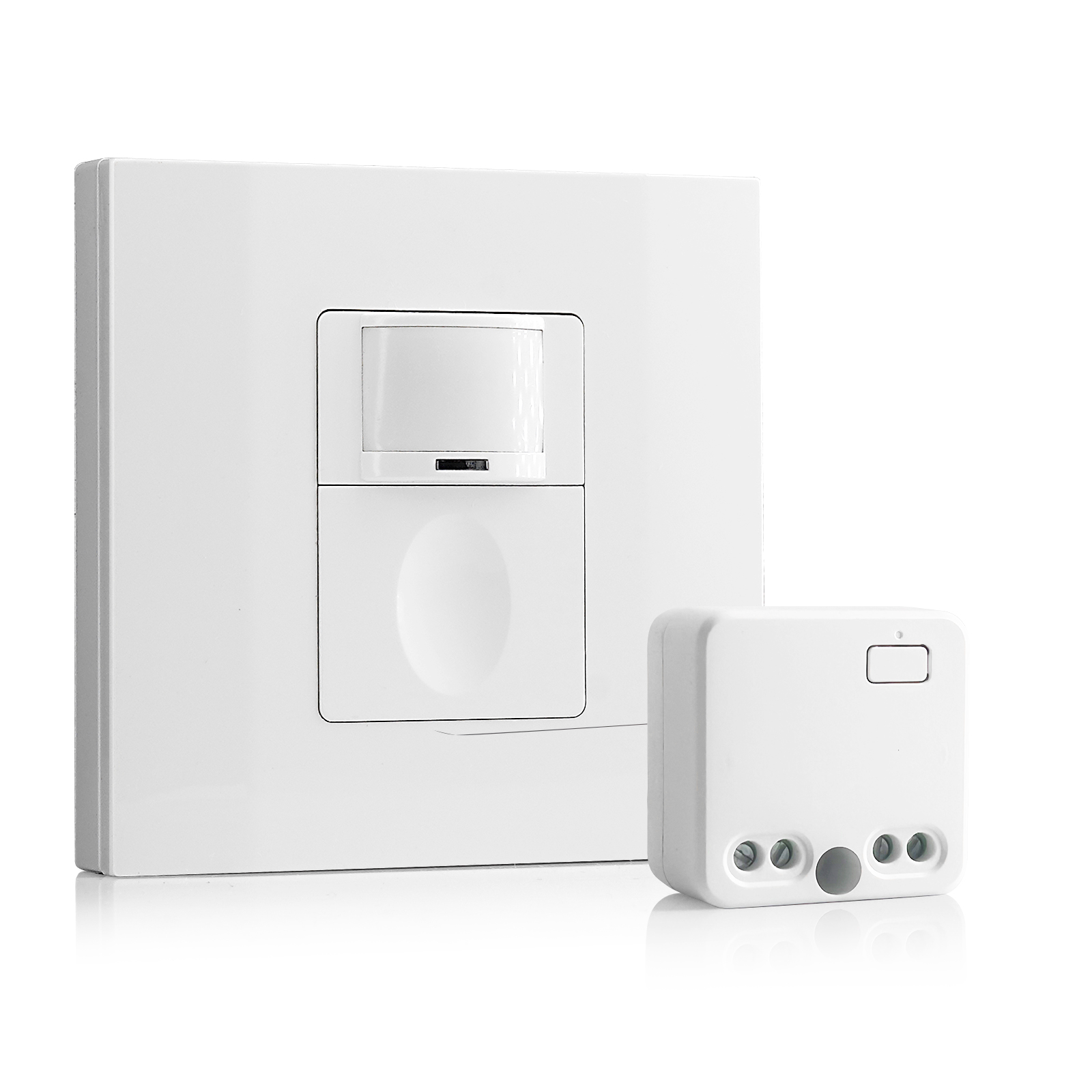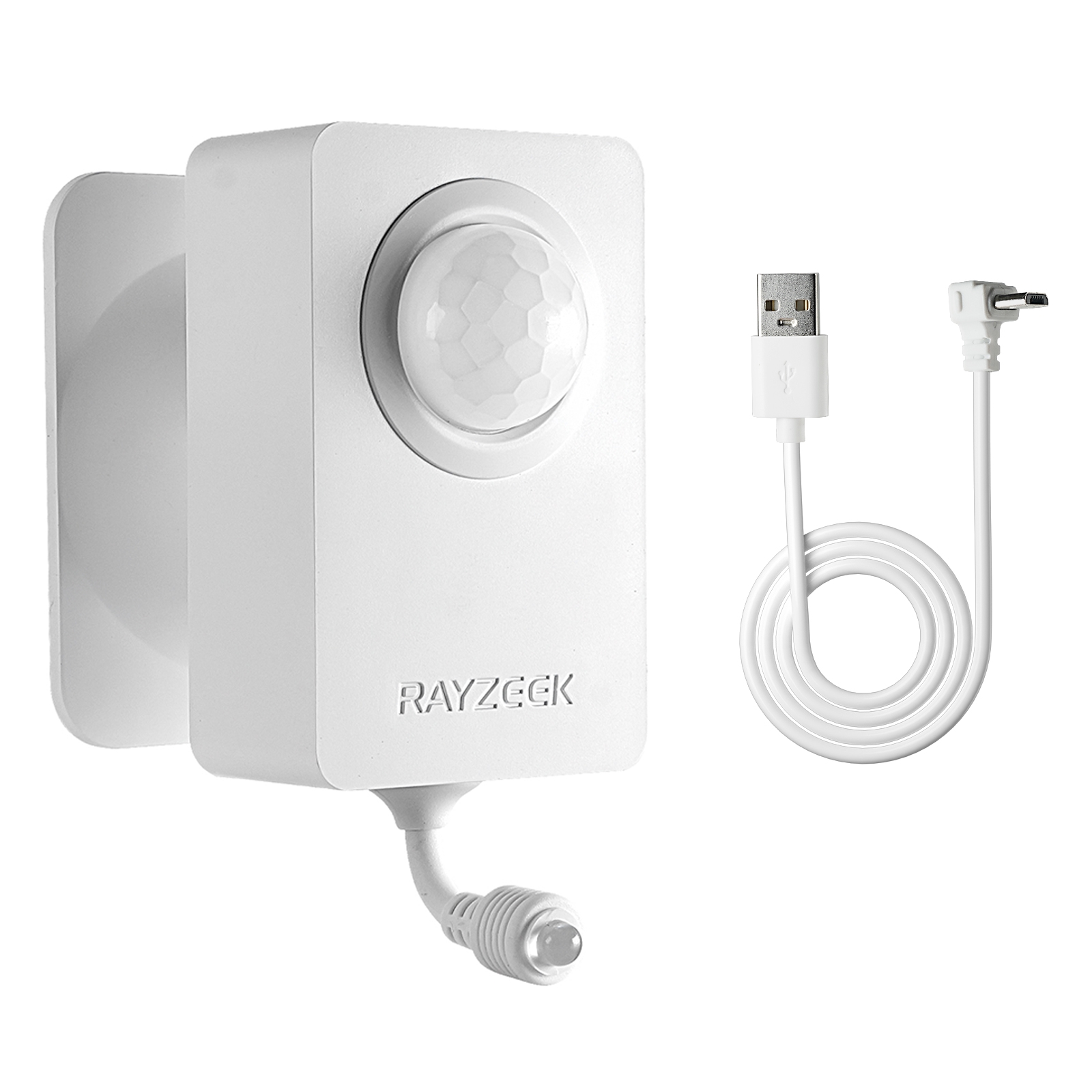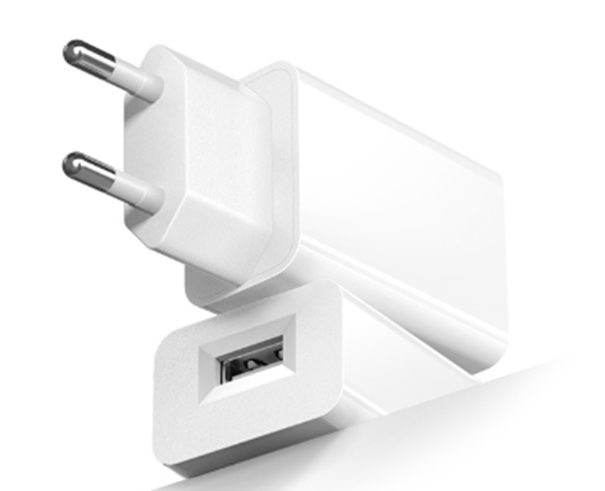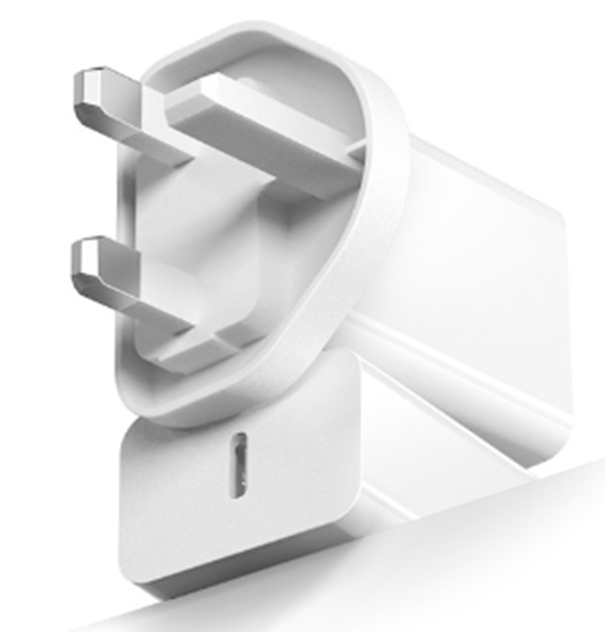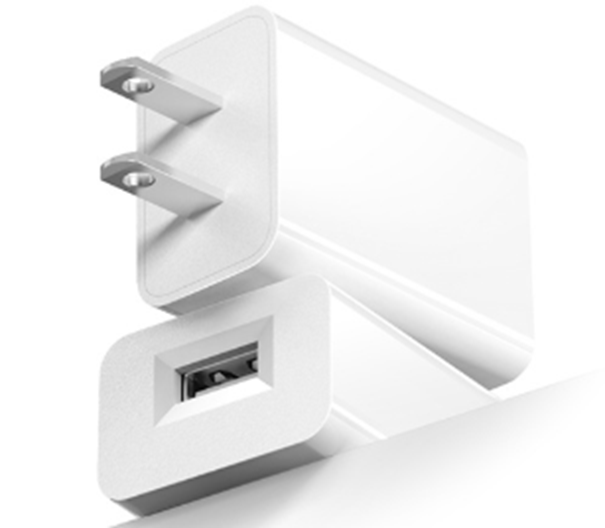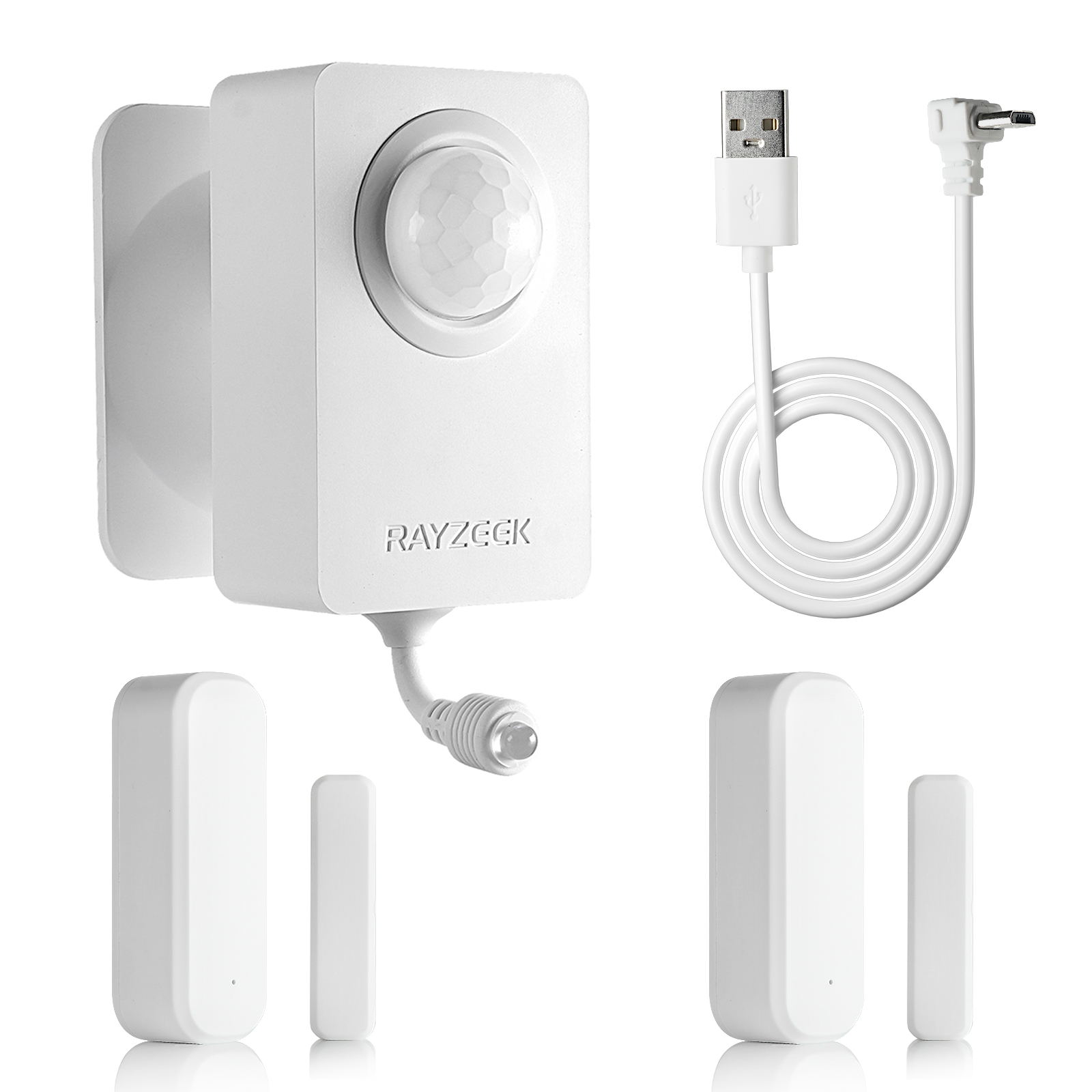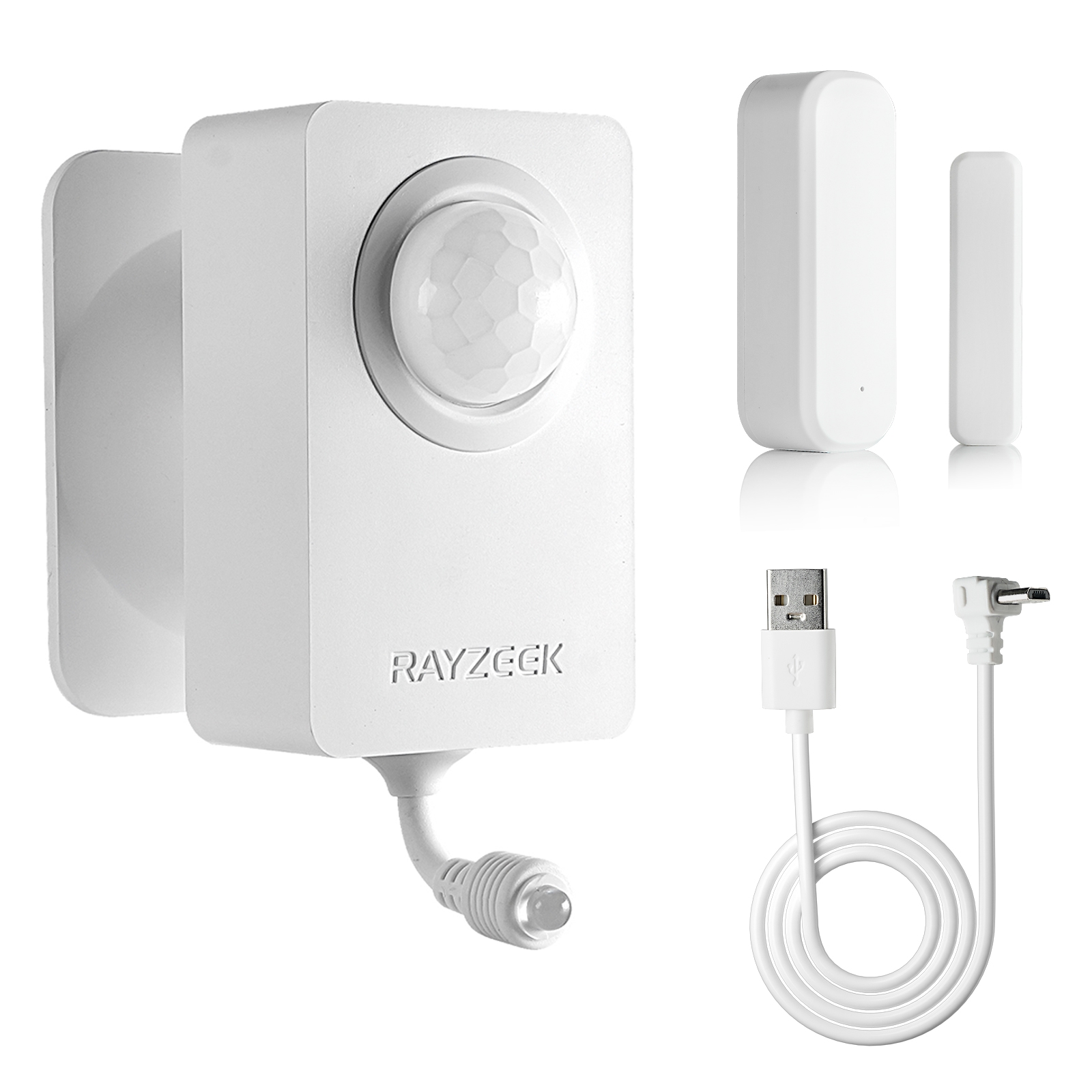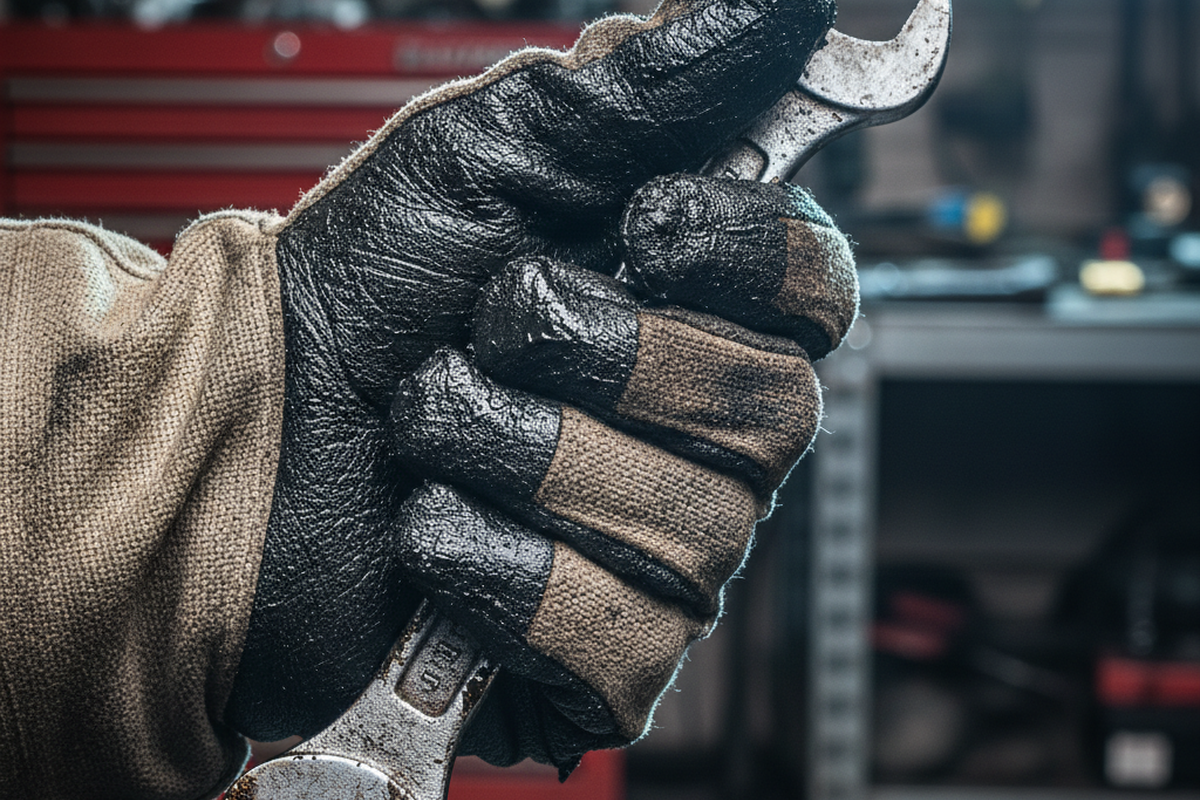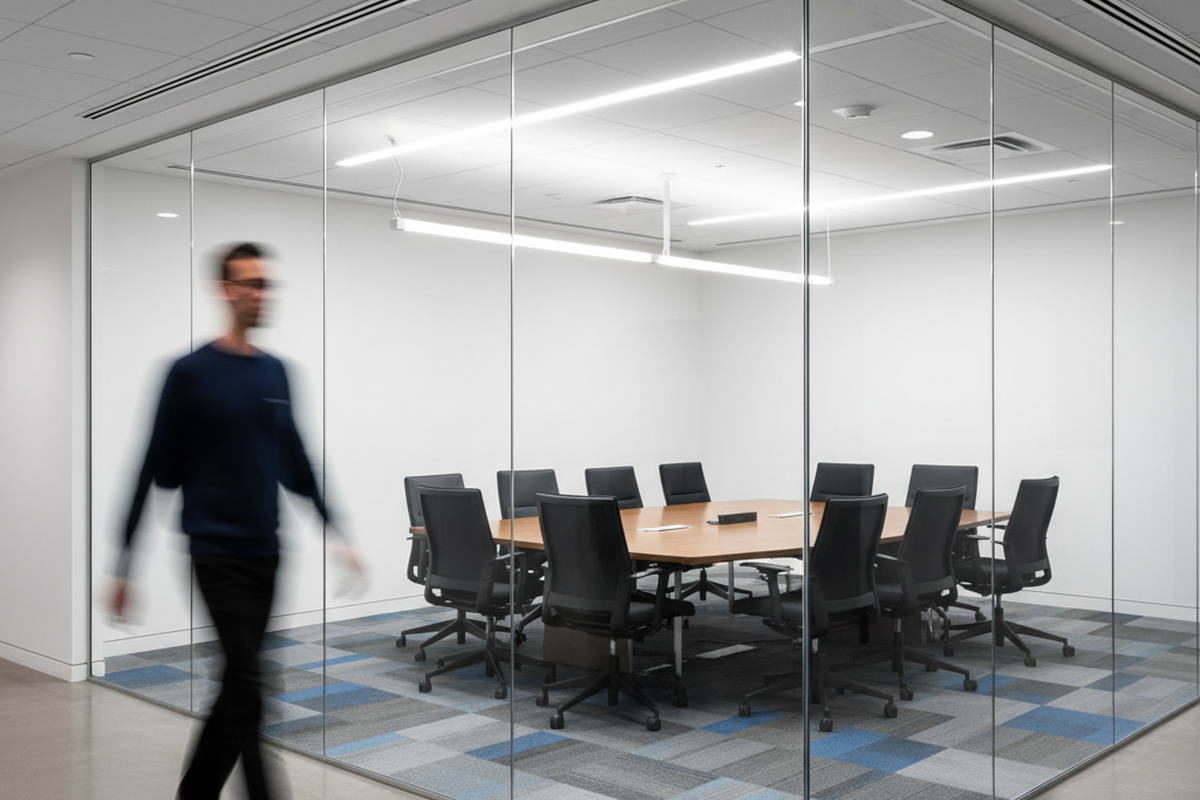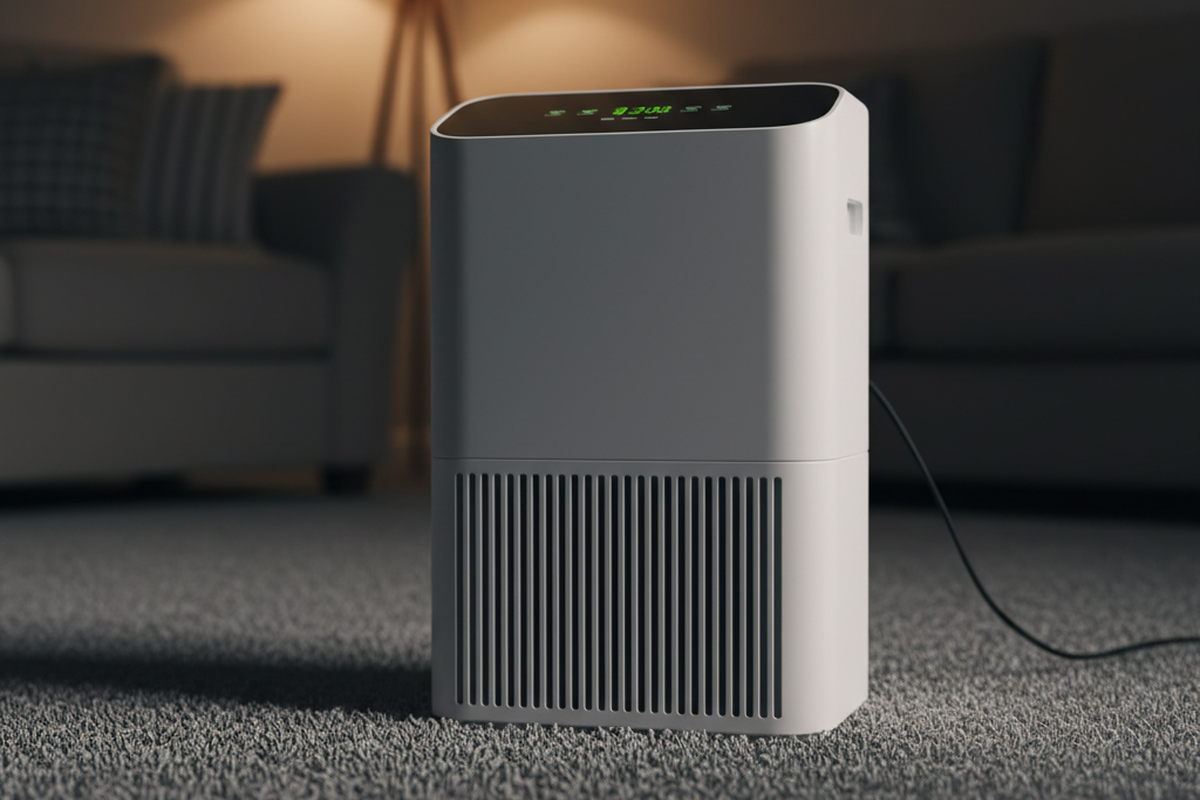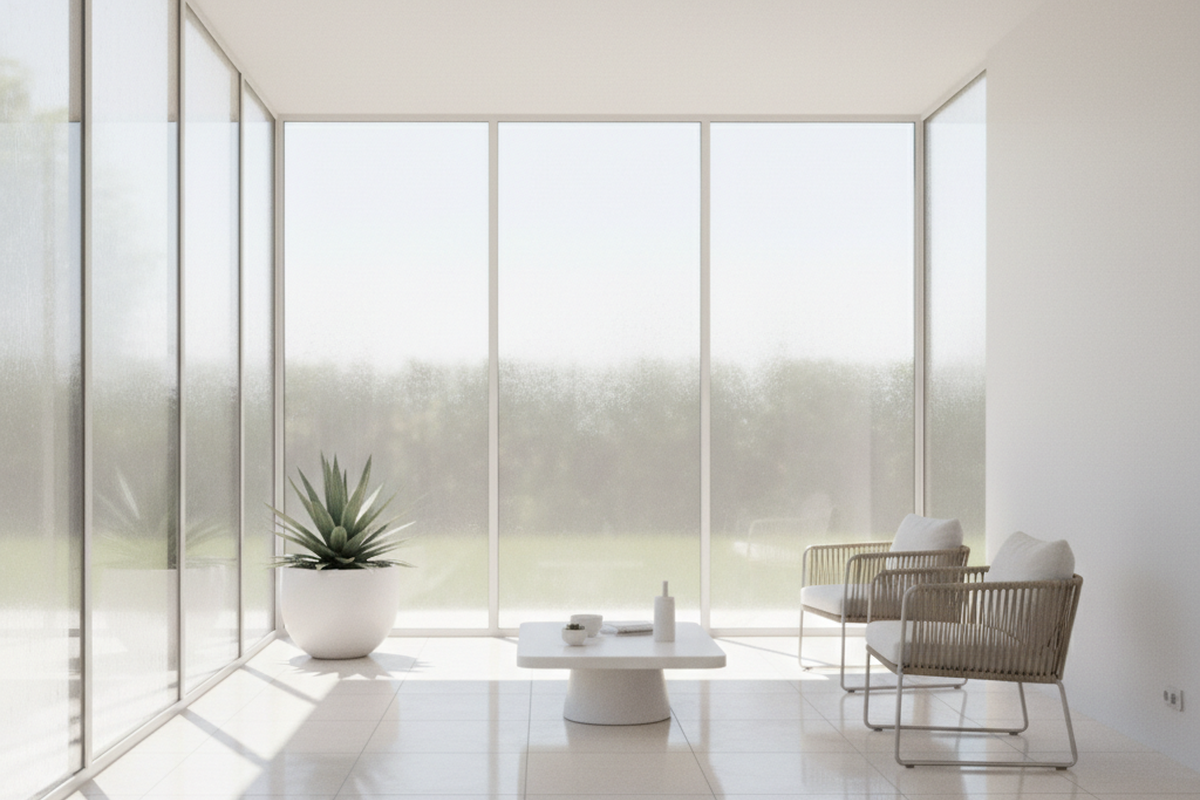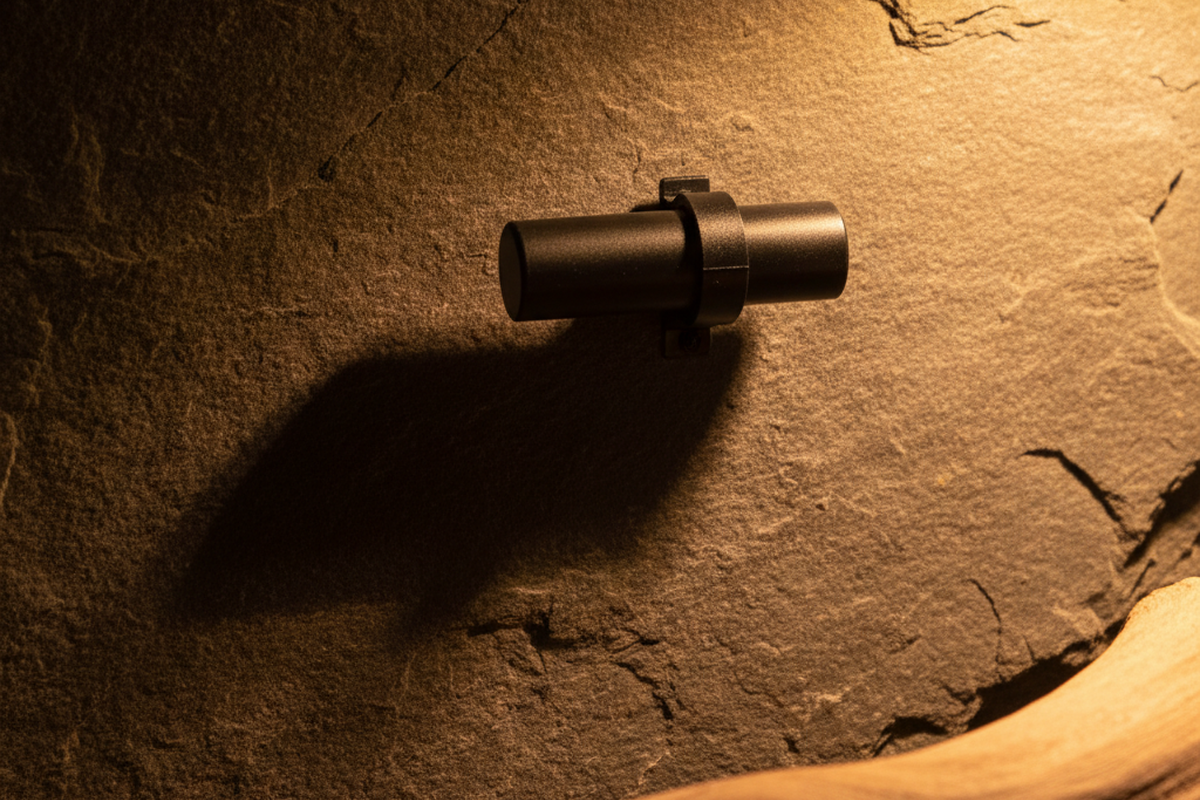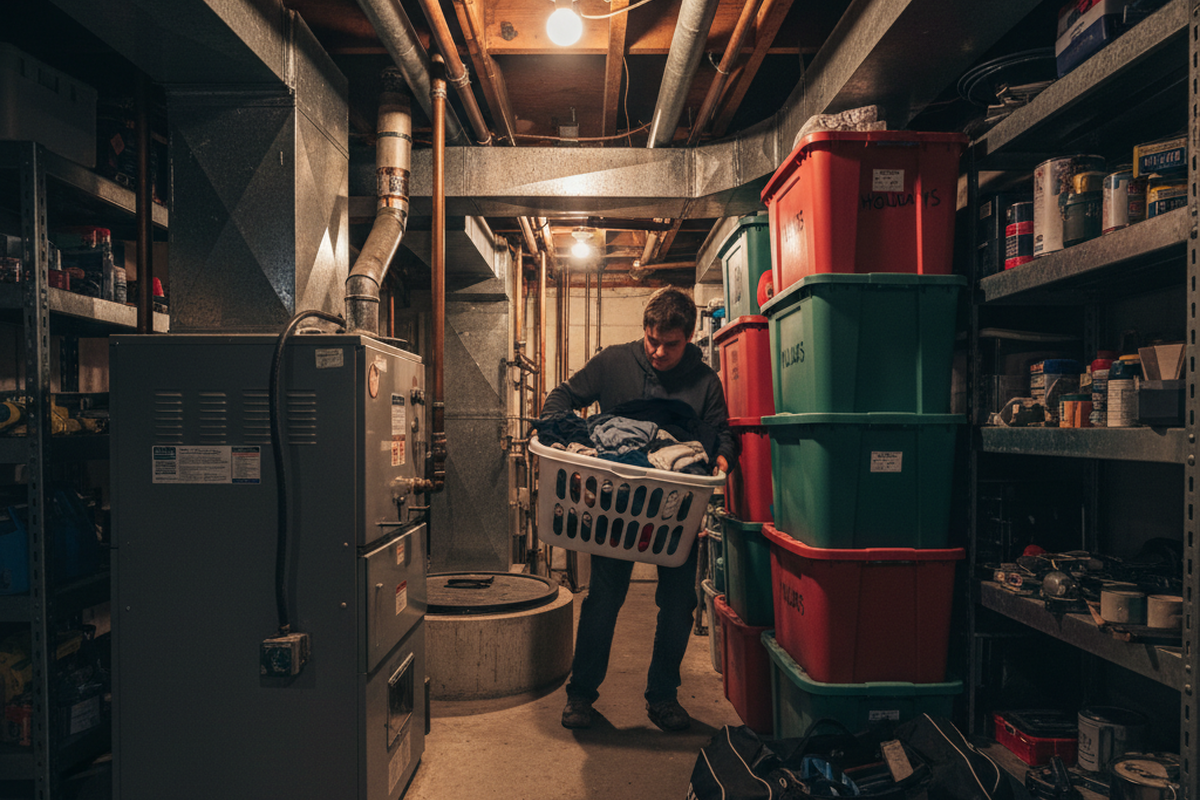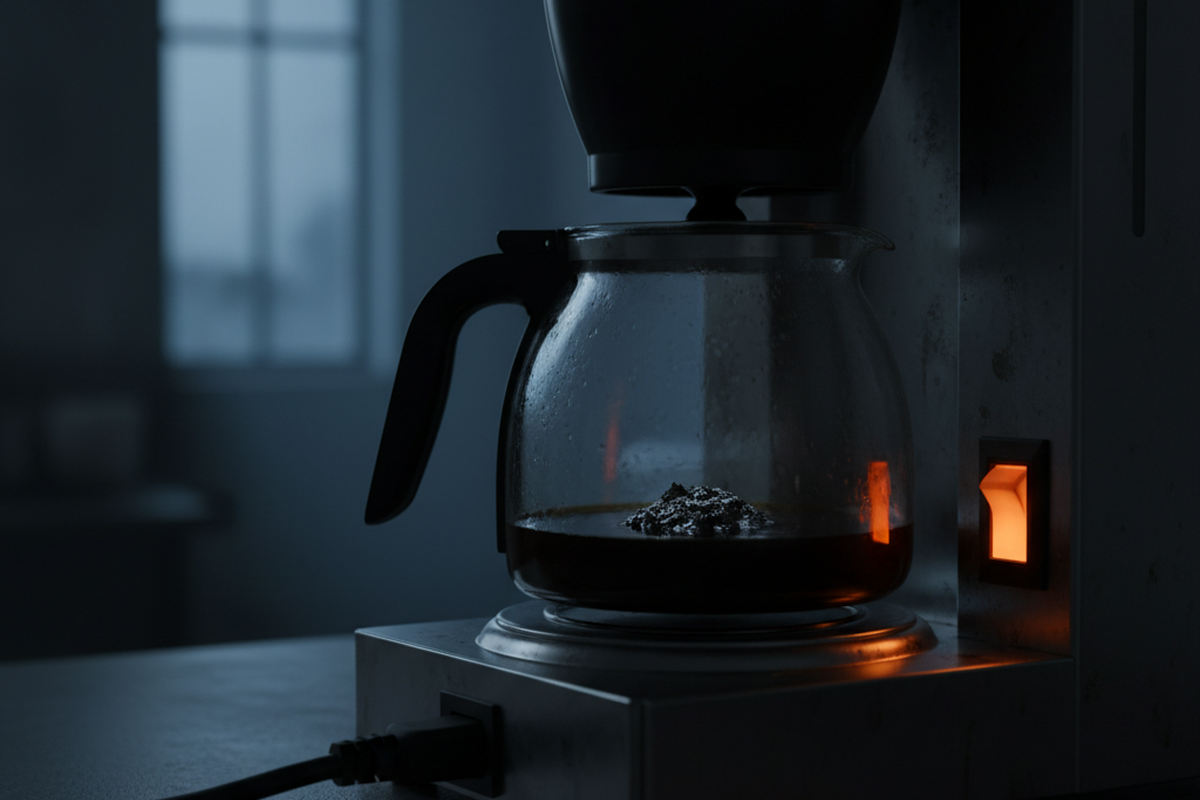Ви коли-небудь відчували задуху в кімнаті, до якої центральний кондиціонер просто не може дотягнутися? Або, можливо, ви орендуєте житло і шукаєте рішення для охолодження, яке не потребує постійних змін? Саме тут на допомогу приходять портативні кондиціонери. Портативний кондиціонер - це автономний, рухомий охолоджувальний пристрій, призначений для забезпечення локального охолодження певної зони або приміщення. На відміну від віконних або центральних систем кондиціонування, він призначений для легкого переміщення і не вимагає постійної установки. Це робить їх популярним вибором серед власників будинків, орендарів, мешканців невеликих квартир або гуртожитків, а також тих, кому потрібне тимчасове охолодження.
По суті, портативний кондиціонер - це компактний прилад, призначений для охолодження однієї кімнати або зони, що пропонує гнучку альтернативу віконним блокам або центральному кондиціонеру. Ці пристрої характеризуються мобільністю, зазвичай мають колеса для легкого транспортування, витяжний шланг для відводу гарячого повітря і внутрішню систему охолодження для охолодження повітря. На відміну від віконних блоків, які фіксуються на місці, портативні кондиціонери ставляться на підлогу і можуть переміщатися з кімнати в кімнату за потреби. Важливо зазначити, що вони зазвичай використовуються для охолодження однієї кімнати, а не цілого будинку.
Типи портативних кондиціонерів
Коли справа доходить до портативних кондиціонерів, ви зазвичай зустрічаєте два основних типи: одношлангові та двошлангові моделі. Кожен з них має свій набір переваг і недоліків, особливо з точки зору ефективності та потужності охолодження.
Портативні кондиціонери з одним шлангом
Одношлангові агрегати часто є найпоширенішим і найдоступнішим типом, який можна знайти на ринку. Вони використовують один шланг для виведення гарячого повітря назовні. Пристрій забирає повітря з приміщення, охолоджує його, а потім виводить частину цього повітря разом з гарячим повітрям через шланг. Цей процес, однак, створює невеликий від'ємний тиск повітря в приміщенні. Що це означає? Це означає, що тепле, некондиціоноване повітря з інших приміщень може втягуватися всередину, потенційно знижуючи загальну ефективність блоку. Цей ефект більш виражений у дуже спекотному або вологому кліматі. Незважаючи на це, одношлангові моделі зазвичай підходять для невеликих приміщень або зон з помірними потребами в охолодженні і пропонують простіший процес встановлення порівняно з двошланговими аналогами.
Портативні кондиціонери з двома шлангами
Якщо ви шукаєте підвищену ефективність, двошлангові портативні кондиціонери - це те, що вам потрібно. Як випливає з назви, ці пристрої використовують два шланги. Один шланг втягує свіже повітря ззовні для охолодження конденсатора, а інший виводить гаряче повітря, що утворюється в процесі роботи. Така конструкція запобігає створенню від'ємного тиску повітря в приміщенні, як це відбувається в одношлангових моделях. Як наслідок, двошлангові блоки можуть охолоджувати приміщення швидше та ефективніше. Вони особливо добре підходять для великих приміщень або зон з високим тепловим навантаженням. Хоча вони, як правило, дорожчі і мають дещо складнішу установку через наявність другого шланга, покращена продуктивність часто виправдовує інвестиції.
Як працюють портативні кондиціонери
Холодильний цикл
В основі кожного портативного кондиціонера лежить холодильний цикл - захоплюючий процес, заснований на парокомпресійному холодильному циклі. У цьому циклі бере участь холодоагент - спеціальна рідина, яка циркулює по замкнутому контуру, безперервно змінюючи свій стан між рідиною і газом. Розглянемо основні етапи:
- Випаровування: Процес починається з проходження рідкого холодоагенту через змійовик випарника. Коли тепле кімнатне повітря продувається через змійовик, холодоагент поглинає тепло, змушуючи його випаровуватися і перетворюватися на газ. Саме тут відбувається магія охолодження!
- Стиснення: Далі холодоагент, тепер уже газ низького тиску, потрапляє в компресор. Цей важливий компонент стискає газ, значно підвищуючи його тиск і температуру. Уявіть собі, що це серце системи, яке перекачує холодоагент по циклу.
- Конденсат: Потім гарячий газ під високим тиском потрапляє до змійовика конденсатора. Тут тепло, поглинуте з приміщення, разом з теплом, виробленим компресором, віддається у зовнішнє повітря. Втрачаючи тепло, холодоагент конденсується і знову перетворюється на рідину.
- Розширення: Нарешті, рідкий холодоагент високого тиску проходить через розширювальний клапан. Цей клапан знижує тиск і температуру холодоагенту, готуючи його до повторного запуску циклу у випарнику.
Відведення гарячого повітря
Критично важливим аспектом процесу охолодження є відведення тепла. Тепло, поглинуте з повітря приміщення, разом з теплом, виробленим компресором, повинно виводитися назовні. Для цього використовується витяжний шланг. Під'єднаний до вікна або вентиляційного отвору, шланг виводить гаряче повітря з приміщення. Одношлангові моделі, як згадувалося раніше, виводять частину охолодженого повітря з приміщення разом з гарячим повітрям, тоді як двошлангові моделі використовують зовнішнє повітря для охолодження конденсатора, що призводить до більшої ефективності.
Управління конденсатом
Коли кондиціонер охолоджує приміщення, волога з повітря конденсується на змійовику випарника. З цим конденсатом потрібно поводитися, і більшість портативних кондиціонерів мають системи для його відведення.
Можливо, вас зацікавить
- Самовипаровувальна технологія: Багато сучасних моделей можуть похвалитися технологією самовипаровування. Ця розумна система випаровує зібраний конденсат і виводить його через витяжний шланг, усуваючи необхідність ручного спорожнення в більшості випадків.
- Гравітаційна каналізація: Деякі моделі оснащені дренажним шлангом, який забезпечує безперервне зливання води. Це особливо корисно в дуже вологому середовищі, де накопичення конденсату може бути надмірним.
- Внутрішнє відро: Деякі моделі збирають конденсат у внутрішньому відрі, який потребує періодичного спорожнення. Хоча цей метод менш зручний, він все ще залишається життєздатним варіантом для управління конденсатом.
Термодинамічні принципи роботи
Робота портативного кондиціонера регулюється фундаментальними термодинамічними принципами:
- Перший закон термодинаміки: Цей закон стверджує, що енергія зберігається. У контексті кондиціонера це означає, що тепло, вилучене з приміщення, плюс робота, виконана компресором, дорівнює теплу, відкинутому назовні.
- Другий закон термодинаміки: Цей закон диктує, що тепло природним чином перетікає від більш гарячого тіла до більш холодного. Однак холодильний цикл використовує роботу (від компресора) для переміщення тепла проти цього природного потоку, переносячи його з більш холодного приміщення в більш тепле зовнішнє середовище.
- Діаграма "тиск-ентальпія": Ця діаграма є цінним інструментом для візуалізації змін стану холодоагенту протягом циклу. Ключовими точками на діаграмі є ізентальпійне розширення (дроселювання), ізобарний теплообмін (випаровування і конденсація) та ізентропійне стиснення.
- Коефіцієнт ефективності (COP): Цей показник відображає відношення потужності охолодження до споживаної електроенергії. Вищий показник COP вказує на більшу ефективність, тобто на те, що пристрій може забезпечити більше охолодження за певну кількість спожитої енергії.
Детальний аналіз холодильного циклу
Давайте заглибимося в тонкощі кожного етапу холодильного циклу:
- Випарник: Рідкий холодоагент низького тиску і низької температури потрапляє в змійовик випарника. Тепле кімнатне повітря продувається над змійовиком, змушуючи холодоагент кипіти і випаровуватися. Цей процес поглинає значну кількість тепла, відому як прихована теплота випаровування. Охолоджене повітря циркулює назад у приміщення, забезпечуючи бажаний ефект охолодження.
- Компресор: Холодоагент, тепер уже газ низького тиску, потрапляє в компресор. Основна функція компресора - підвищити тиск і температуру холодоагенту. Саме тут споживається більша частина електроенергії, оскільки компресор виконує "роботу" з переміщення тепла проти його природного потоку.
- Конденсатор: Високотемпературний холодоагент під високим тиском потрапляє в змійовик конденсатора. Тут над змійовиком продувається або зовнішнє повітря (у двошлангових моделях), або кімнатне повітря (в одношлангових моделях). Це змушує холодоагент конденсуватися назад у рідину, вивільняючи поглинуте тепло (приховану теплоту конденсації) у зовнішнє середовище.
- Розширювальний клапан: Нарешті, рідкий холодоагент високого тиску проходить через розширювальний клапан, також відомий як дросельний клапан. Цей процес знижує тиск і температуру холодоагенту, готуючи його до повернення у випарник і початку циклу заново. Процес розширення є ізоентальпійним, тобто відбувається за постійної ентальпії.
Фактори, що впливають на ефективність охолодження
На ефективність охолодження портативного кондиціонера можуть впливати кілька факторів:
- Температура навколишнього середовища: Вищі зовнішні температури знижують ефективність конденсатора, змушуючи блок працювати інтенсивніше для відведення тепла.
- Вологість: Висока вологість збільшує приховане теплове навантаження, вимагаючи від пристрою видалення більшої кількості вологи з повітря. Це може знизити його розумну холодопродуктивність, тобто здатність знижувати температуру повітря.
- Швидкість повітряного потоку (CFM): Вища швидкість повітряного потоку зазвичай призводить до кращої теплопередачі, дозволяючи пристрою швидше охолоджувати приміщення. Однак більший потік повітря може також підвищити рівень шуму.
- Заправка холодоагенту: Неправильне заправлення холодоагенту, занадто високе або занадто низьке, може суттєво вплинути на продуктивність та ефективність.
- Ефективність компресора: Ефективність компресора є основним фактором, що визначає загальну ефективність системи. Більш ефективний компресор споживає менше енергії при однаковому обсязі охолодження.
- Конструкція теплообмінника: Площа поверхні, щільність ребер і матеріал випарника та конденсатора впливають на швидкість теплопередачі. Більша площа поверхні та щільніші ребра, як правило, покращують теплопередачу.
- Ізоляція: Належна ізоляція самого блоку і приміщення, що охолоджується, мінімізує надходження тепла з навколишнього середовища, підвищуючи ефективність.
- Витік повітря: В одношлангових агрегатах інфільтрація повітря ззовні через від'ємний тиск може знизити ефективність.
- Динаміка повітряного потоку: Конструкція повітрозабірника та повітровідводу, включаючи використання дифузорів та розміщення вентиляційних отворів, може суттєво впливати на схему повітряних потоків у приміщенні. Це, в свою чергу, впливає на здатність пристрою ефективно охолоджувати простір. Цікаво, що ефект Коанде, коли струмінь рідини має тенденцію залишатися прикріпленим до опуклої поверхні, може бути використаний при розробці більш ефективних систем розподілу повітря в портативних кондиціонерах.
Ключові компоненти портативного кондиціонера
Давайте розглянемо основні компоненти, з яких складається портативний кондиціонер:
Компресор
Компресор часто вважають серцем холодильної системи. Його основна роль - стискати газ-холодоагент, підвищуючи його тиск і температуру. Існує кілька типів компресорів, зокрема ротаційні, поршневі та спіральні. Однак ротаційні компресори зазвичай використовуються в портативних пристроях завдяки їх компактному розміру і відносно безшумній роботі.
Конденсатор
Конденсатор - це теплообмінник, де гарячий газ під високим тиском віддає тепло зовнішньому повітрю. Зазвичай він складається з мідних трубок з алюмінієвими ребрами для збільшення площі поверхні для ефективної теплопередачі. Переносні кондиціонери мають повітряне охолодження, тобто вентилятор продуває повітря над змійовиками конденсатора для розсіювання тепла.
Випарник
Випарник, подібно до конденсатора, є ще одним теплообмінником. Тут рідкий холодоагент поглинає тепло з повітря в приміщенні, змушуючи його випаровуватися. Випарник також складається з мідних трубок з алюмінієвими ребрами, а вентилятор продуває повітря над змійовиками, охолоджуючи приміщення.
Холодоагент
Холодоагент - це кров системи, рідина, яка поглинає і віддає тепло під час циклу охолодження. Сучасні портативні кондиціонери зазвичай використовують такі холодоагенти, як R-410A (суміш) або R-32 (стає дедалі популярнішим через менший потенціал глобального потепління). Старіші пристрої можуть використовувати R-22, але цей холодоагент поступово виводиться з обігу через його потенціал руйнування озонового шару.
Вентилятор
Вентилятор відіграє вирішальну роль у циркуляції повітря над випарником і конденсатором. Зазвичай це відцентровий вентилятор або повітродувка. Вентилятори зі змінною швидкістю стають все більш поширеними, оскільки вони можуть підвищити ефективність і знизити рівень шуму, регулюючи потік повітря відповідно до потреб охолодження.
Витяжний шланг
Витяжний шланг є життєво важливим компонентом, який виводить гаряче повітря з конденсатора назовні. Довжина та діаметр шланга, який зазвичай виготовляється з гнучкого пластику, можуть впливати на потік повітря та ефективність. Зазвичай рекомендується тримати шланг якомога коротшим і прямим, щоб мінімізувати опір повітряному потоку.
Бак для води або дренажна система
Цей компонент відповідає за збір або управління конденсатом, що видаляється з повітря під час процесу охолодження. Самовипаровувальні системи, як зазначалося вище, у більшості випадків усувають необхідність ручного спорожнення, випаровуючи конденсат і виводячи його через витяжний шланг. Системи самопливного зливу вимагають підключення до каналізації, а внутрішні відра потрібно періодично спорожняти. Деякі вдосконалені системи можуть навіть використовувати зібраний конденсат для попереднього охолодження змійовика конденсатора, що ще більше підвищує ефективність. Також проводяться дослідження щодо інтеграції управління конденсатом у замкнені системи для мінімізації втрат води.
Переваги портативних кондиціонерів
Переносні кондиціонери мають кілька переваг, які роблять їх привабливим варіантом охолодження в різних ситуаціях. До них відносяться портативність відрізняються тим, що їх можна легко переміщати з однієї кімнати в іншу за допомогою вбудованих коліщаток. Така гнучкість особливо корисна, якщо вам потрібно охолоджувати тільки певні зони в різний час. Простий монтаж ще одна значна перевага. На відміну від віконних або центральних систем кондиціонування, портативні блоки, як правило, не потребують постійної установки. Ви просто під'єднуєте витяжний шланг до вікна за допомогою віконного комплекту, що входить до комплекту поставки. Це робить їх ідеальними для додаткове охолодженнязабезпечує додаткове охолодження в приміщеннях, які недостатньо охолоджуються центральною системою кондиціонування.
Крім того, портативні кондиціонери дозволяють зонне охолодженняЦе означає, що ви можете охолоджувати лише ту кімнату, яку використовуєте в даний момент. Це може призвести до значної економії енергії порівняно з охолодженням всього будинку за допомогою центральної системи. Вони також є чудовим вибором для орендарів, які не можуть робити постійні зміни у своєму житловому просторі, оскільки вони вимагають без постійних змін. Нарешті, портативні кондиціонери можуть бути економічно ефективний варіант для невеликих квартир або будинків, особливо в порівнянні з витратами на встановлення центрального кондиціонера.
Недоліки портативних кондиціонерів
Хоча портативні кондиціонери пропонують численні переваги, вони також мають певні недоліки, які слід враховувати. Одним з помітних недоліків є їх нижча ефективність порівняно з віконними блоками або центральним кондиціонером, особливо у випадку одношлангових моделей. Це означає, що вони можуть споживати більше енергії для досягнення того ж рівня охолодження. Крім того, їхні обмежена потужність охолодження робить їх придатними для охолодження окремих кімнат, але не ідеальними для великих приміщень або декількох кімнат. Шум також може викликати занепокоєння, оскільки компресор і вентилятор розташовані всередині приміщення, потенційно створюючи більше шуму, ніж інші типи кондиціонерів.
У "The вимога до вихлопного шлангу може бути незручним, оскільки його потрібно виводити назовні через вікно або інший отвір, що може обмежити можливості розміщення. Одношлангові моделі можуть створювати негативний тиск в приміщенні, втягуючи тепле повітря ззовні і ще більше знижуючи ефективність. І наостанок, естетика для деяких може викликати занепокоєння, оскільки пристрій займає місце на підлозі, а вихлопний шланг може мати непривабливий вигляд.
Надихайтеся портфоліо датчиків руху Rayzeek.
Не знайшли те, що хотіли? Не хвилюйся. Завжди є альтернативні шляхи вирішення ваших проблем. Можливо, одне з наших портфоліо може допомогти.
Використання та застосування портативних кондиціонерів
Портативні кондиціонери знаходять застосування в різних умовах, в першу чергу завдяки своїй гнучкості і простоті використання. Одне з найпоширеніших застосувань додаткове охолодження. Їх можна використовувати для посилення охолодження в надто теплих приміщеннях, наприклад, у тих, де багато сонця або електронного обладнання, що генерує тепло. Точкове охолодження ще одне популярне застосування, коли блок забезпечує цілеспрямоване охолодження в певних зонах, наприклад, в домашньому офісі або спальні.
У невеликі квартири або гуртожиткиТам, де встановлення віконних блоків неможливе або недоцільне, портативні кондиціонери пропонують життєздатне рішення для охолодження. Вони також корисні для тимчасове охолодження Наприклад, під час ремонту систем опалення, вентиляції та кондиціонування або в приміщеннях без постійного кондиціонування. Гаражі та майстерніПриміщення, які зазвичай не під'єднані до центральної системи кондиціонування, можуть отримати вигоду від охолодження, що забезпечується портативним блоком. Навіть серверні кімнати можуть використовувати портативні кондиціонери для додаткового або резервного охолодження, щоб захистити чутливе електронне обладнання.
Як вибрати портативний кондиціонер
Вибір правильного портативного кондиціонера передбачає врахування кількох ключових факторів, щоб переконатися, що він відповідає вашим конкретним потребам.
Визначення правильної холодопродуктивності (BTU)
Потужність охолодження кондиціонера вимірюється в британських теплових одиницях (BTU). Вищий показник BTU означає більшу потужність охолодження. Основним фактором при визначенні необхідного значення BTU є розмір кімнати. Загальне емпіричне правило - використовувати 20 БТЕ на квадратний фут житлової площі. Наприклад, для кімнати площею 200 квадратних футів потрібно приблизно 4 000 БТЕ.
Однак, можливо, вам доведеться внести корективи, виходячи з інших факторів:
- Високі стелі: Додайте 10% до вимог BTU для стель вище 8 футів.
- Сонячні кімнати: Збільште потужність BTU на 10-20% для приміщень, які отримують багато прямих сонячних променів.
- Кухні: Додайте 4 000 BTU, якщо пристрій буде використовуватися на кухні, оскільки під час приготування їжі виділяється значна кількість тепла.
- Більше двох мешканців: Додайте 600 BTU за кожну додаткову особу, яка регулярно проживає в кімнаті.
Оцінка розміру та ізоляції приміщення
Точне вимірювання приміщення має вирішальне значення. Виміряйте довжину і ширину, щоб обчислити квадратні метри. Якість ізоляції також відіграє важливу роль. Погано ізольовані приміщення потребують більшої потужності охолодження, оскільки вони легше втрачають холодне повітря. Розмір і тип вікна є важливими міркуваннями. Великі вікна, особливо ті, що виходять на південь або захід, можуть збільшити надходження тепла. Однокамерні вікна забезпечують меншу ізоляцію, ніж двокамерні, що потенційно вимагає більшої кількості одиниць BTU. Затінення може допомогти зменшити надходження тепла. Приміщення з хорошим затіненням від дерев або навісів можуть потребувати меншої потужності охолодження.
Врахування рівня шуму
Рівень шуму часто викликає занепокоєння при використанні портативних кондиціонерів. Виробники часто вказують рівень шуму в децибелах (дБ). Більшість портативних кондиціонерів працюють в діапазоні 50-60 дБ. Однак толерантність до шуму варіюється від людини до людини. Швидкість вентилятора є фактором, причому нижчі швидкості, як правило, тихіші. У тип компресора також відіграє певну роль: ротаційні компресори, як правило, працюють тихіше, ніж поршневі.
Оцінка рейтингів енергоефективності
Енергоефективність є важливим фактором як з екологічних міркувань, так і для мінімізації операційних витрат. Для оцінки ефективності використовується кілька рейтингів:
- EER (Energy Efficiency Ratio - коефіцієнт енергоефективності): Він розраховується шляхом ділення потужності охолодження (BTU) на споживану потужність (Вт) при певній зовнішній температурі (95°F). Чим вищий EER, тим вища ефективність.
- CEER (Комбінований коефіцієнт енергоефективності): Це новіший показник, який враховує споживання енергії в режимі очікування, а також під час активного охолодження, забезпечуючи більш комплексну оцінку ефективності.
- SEER (сезонний коефіцієнт енергоефективності): Хоча SEER зазвичай використовується для центральних систем кондиціонування, його не застосовують для портативних кондиціонерів.
- Сертифікація ENERGY STAR: Ця сертифікація вказує на те, що пристрій відповідає певним стандартам енергоефективності, встановленим Агентством з охорони навколишнього середовища (EPA).
Порівняння одношлангових і двошлангових моделей
Вибір між одношланговою та двошланговою моделлю залежить від ваших пріоритетів і конкретного середовища, яке ви збираєтеся охолоджувати.
- Ефективність: Двошлангові моделі, як правило, мають вищу ефективність, оскільки вони не створюють негативного тиску повітря в приміщенні, на відміну від одношлангових блоків. Це означає, що вони з меншою ймовірністю втягують тепле, некондиційне повітря ззовні.
- Швидкість охолодження: Завдяки підвищеній ефективності двошлангові моделі охолоджують приміщення швидше, ніж одношлангові.
- Кост: Одношлангові моделі зазвичай коштують дешевше, ніж двошлангові.
- Інсталяція: Хоча обидва типи відносно прості в установці, двошлангові моделі мають дещо складніший процес встановлення через наявність другого шланга.
Рекомендація: Якщо ви маєте справу з великими приміщеннями, жарким кліматом або ситуаціями, коли енергоефективність є головним пріоритетом, двошлангова модель, швидше за все, буде кращим вибором. Для менших приміщень або помірних потреб в охолодженні може бути достатньо одношлангової моделі, яка заощадить вам трохи грошей. Варто зазначити, що хоча теоретично двошлангові моделі є більш ефективними, на реальну продуктивність можуть впливати такі фактори, як швидкість інфільтрації повітря та герметичність огороджувальних конструкцій. Стандартні методи тестування не завжди можуть повністю врахувати ці нюанси.
Як встановити портативний кондиціонер
Вимоги до використання портативного кондиціонера
Перш ніж встановлювати портативний кондиціонер, важливо переконатися, що він відповідає необхідним вимогам для належної роботи:
Шукаєте енергозберігаючі рішення, що активуються рухом?
Звертайтеся до нас за комплексними PIR-датчиками руху, енергозберігаючими продуктами, що активуються рухом, вимикачами з датчиками руху та комерційними рішеннями для датчиків зайнятості/вакантності.
Сумісність з електричними розетками
- Напруга: Більшість портативних кондиціонерів призначені для роботи від стандартних електричних розеток 115/120 В у Північній Америці.
- Сила струму: Перевірте вимоги до сили струму пристрою та переконайтеся, що розетка, яку ви плануєте використовувати, може витримати навантаження.
- Виділений контур: Щоб запобігти перевантаженню, часто рекомендується використовувати окремий контур для кондиціонера.
- Уникайте подовжувачів: Використання подовжувачів може становити загрозу безпеці, а також знизити продуктивність пристрою. Найкраще підключати пристрій безпосередньо до розетки.
Доступ через вікно або вентиляцію
- Вихлопний шланг: Всі портативні кондиціонери (за винятком випарних охолоджувачів, які працюють по-іншому) вимагають відведення повітря назовні через витяжний шланг.
- Віконний комплект: Більшість блоків поставляються з віконним комплектом, призначеним для встановлення стандартних горизонтальних або вертикальних розсувних вікон.
- Альтернативна вентиляція: Якщо вікно недоступне або не підходить, переносні кондиціонери можна вентилювати через стіну, підвісну стелю або навіть розсувні скляні двері, якщо їх належним чином модифікувати.
Вимоги до простору
- Розряд: Підтримуйте достатній вільний простір навколо пристрою для забезпечення належного повітряного потоку. Зазвичай рекомендується залишати 12-20 дюймів вільного простору з усіх боків.
- Довжина шланга: Для оптимальної роботи витяжний шланг повинен бути якомога коротшим і прямим. Довгий, перекручений шланг може обмежити потік повітря і знизити ефективність.
- Площа: Пам'ятайте, що пристрій займає місце на підлозі, тому враховуйте планування приміщення і переконайтеся, що в ньому достатньо місця для зручного розміщення пристрою.
Встановлення вікон
Встановлення портативного кондиціонера у вікні - відносно простий процес:
- Виміряйте відкриття вікна: Почніть з вимірювання віконного отвору, щоб переконатися, що віконний комплект, який входить до комплекту, підійде до нього належним чином.
- Встановіть віконний кронштейн: Зберіть віконний комплект відповідно до інструкцій виробника та надійно встановіть його у віконний отвір.
- Підключіть вихлопний шланг: Приєднайте один кінець витяжного шланга до задньої панелі кондиціонера, а інший - до віконного кронштейна.
- Заповнити прогалини: Використовуйте водонепроникну стрічку або піноізоляцію, щоб закрити всі щілини навколо віконного кронштейна та шланга. Це допоможе запобігти витоку повітря та підвищити ефективність.
- Закріпіть шланг: Переконайтеся, що шланг надійно з'єднаний з обох кінців і не має перегинів або засмічень, які можуть обмежити потік повітря.
Настінна вентиляція (розширений монтаж)
Вентиляція портативного кондиціонера через стіну - це більш складний процес, який вимагає вирізання отвору в зовнішній стіні.
- Потрібно вирізати отвір: Цей метод є більш постійним і передбачає створення отвору в стіні для розміщення витяжного шланга.
- Рекомендується професійна установка: Якщо у вас немає досвіду в будівництві та системах опалення, вентиляцію стін краще доручити професіоналам.
- Правильне запечатування: Переконайтеся, що отвір належним чином закритий, щоб запобігти витоку повітря і води, які можуть завдати шкоди вашому будинку або знизити ефективність роботи пристрою.
- Зовнішня вентиляційна кришка: Встановіть вентиляційну кришку на зовнішній стороні стіни, щоб запобігти потраплянню шкідників, сміття та погодних умов через вентиляційний отвір.
Як обслуговувати портативний кондиціонер
Належне технічне обслуговування має важливе значення для ефективної роботи портативного кондиціонера і продовження терміну його служби.
Очищення повітряного фільтра
- Частота: Чистіть повітряний фільтр кожні 2-4 тижні, залежно від використання та якості повітря. Якщо ви часто використовуєте пристрій або у вас є домашні тварини, можливо, вам доведеться чистити його частіше.
- Важливість: Чистий повітряний фільтр забезпечує належний потік повітря і запобігає потраплянню пилу, бруду та іншого сміття всередину пристрою, що може призвести до його пошкодження або зниження продуктивності.
- Процедура:
- Вимкніть кондиціонер і витягніть вилку з розетки.
- Знайдіть і вийміть повітряний фільтр. Зазвичай він знаходиться за панеллю на задній або бічній панелі пристрою.
- Промийте фільтр м'яким милом і водою або скористайтеся пилососом з насадкою-щіткою, щоб видалити накопичений пил і сміття.
- Ретельно промийте фільтр і дайте йому повністю висохнути, перш ніж встановлювати його на місце.
Зливання води з резервуара для води
- Частота: Частота осушення залежить від конкретної моделі та рівня вологості у вашому регіоні. Моделі з ручним випаровуванням можуть не потребувати ручного осушення за нормальних умов, тоді як інші моделі можуть потребувати більш частого осушення у вологому кліматі.
- Процедура:
- Вимкніть пристрій і витягніть вилку з розетки.
- Знайдіть зливну пробку або резервуар для води. Зазвичай вона знаходиться в нижній задній частині пристрою.
- Підставте під зливну пробку неглибоку ємність або вийміть резервуар для води.
- Відкрийте зливну пробку або спорожніть резервуар, щоб випустити зібрану воду.
- Замініть зливну пробку або встановіть на місце резервуар для води.
Очищення котушок
- Частота: Чистіть котушки щороку або за потреби. Якщо ви помітили значне накопичення пилу або сміття, настав час для чищення.
- Важливість: Пил і сміття, що накопичуються на змійовиках конденсатора і випарника, можуть знизити ефективність теплопередачі, змушуючи пристрій працювати важче і споживати більше енергії.
- Процедура:
- Вимкніть пристрій і витягніть вилку з розетки.
- Зніміть зовнішній корпус кондиціонера. Інструкції про те, як це зробити безпечно, див. в посібнику користувача.
- Використовуйте м'яку щітку або пилосос з насадкою-щіткою, щоб обережно почистити котушки конденсатора та випарника. Будьте обережні, щоб не зігнути та не пошкодити делікатні ребра.
- Для видалення стійкого бруду або кіптяви можна скористатися спреєм для чищення теплообмінника, спеціально розробленим для кондиціонерів. Дотримуйтесь інструкцій на етикетці продукту.
Перевірка вихлопного шланга
- Частота: Періодично перевіряйте вихлопний шланг, щоб переконатися, що він знаходиться в належному стані.
- Важливість: Забитий, перекручений або пошкоджений шланг може обмежити потік повітря і знизити ефективність пристрою.
- Процедура:
- Візуально перевірте шланг на наявність тріщин, отворів або перешкод.
- Переконайтеся, що шланг надійно під'єднаний з обох кінців (до пристрою та віконного кронштейна або вентиляційного отвору).
- Якщо ви виявили пошкодження, замініть шланг на новий.
Вартість портативного кондиціонера
Діапазони закупівельних цін
Портативні кондиціонери доступні за різними ціновими категоріями, залежно від їхніх функцій, потужності охолодження та ефективності:
- Бюджетні моделі: Зазвичай варіюються від $200 до $400. Зазвичай це одношлангові агрегати з меншою потужністю BTU, які підходять для невеликих приміщень.
- Моделі середнього класу: Ці моделі вартістю від $400 до $700 пропонують поєднання одно- та двошлангових варіантів, вищі показники BTU та більше функцій, таких як програмовані таймери та пульти дистанційного керування.
- Висококласні моделі: Вартість $700 і вище. Це, як правило, двошлангові агрегати з високими показниками BTU, розширеними функціями та тихішою роботою, які підходять для великих приміщень або для тих, хто шукає преміальну продуктивність.
Операційні витрати та енергоспоживання
Витрати на експлуатацію портативного кондиціонера залежать від декількох факторів, включаючи його номінал BTU, EER/CEER, режим використання та місцеві тарифи на електроенергію. Наприклад, пристрій потужністю 10 000 BTU з EER 10, який використовується протягом 8 годин на день за тарифом $0,15/кВт-год, коштуватиме приблизно $1,20 на день.
На операційні витрати впливають кілька факторів:
- Клімат: Спекотний клімат вимагає частішої та тривалішої експлуатації, що збільшує споживання енергії.
- Розмір кімнати: Більші приміщення потребують більше енергії для охолодження, ніж менші.
- Ізоляція: Погано ізольовані приміщення втрачають більше холодного повітря, змушуючи пристрій працювати інтенсивніше і споживати більше енергії.
- Звички використання: Якщо пристрій постійно працює на найнижчому температурному режимі, він споживає значно більше енергії, ніж на вищому температурному режимі або за допомогою програмованого таймера.
Детальна розбивка витрат
Розглядаючи загальну вартість володіння портативним кондиціонером, важливо виходити за рамки початкової ціни покупки:
- Початкова ціна придбання: Це початкова вартість самого пристрою.
- Витрати на встановлення: Вони можуть включати вартість віконного комплекту, будь-які модифікації, необхідні для вентиляції стін, або плату за професійну установку (за необхідності).
- Енергоспоживання: Це поточні витрати на електроенергію, яка використовується для роботи пристрою. На неї впливають такі фактори, як характер використання, клімат і місцеві тарифи на електроенергію.
- Витрати на утримання: Сюди входять витрати на заміну повітряних фільтрів, витратні матеріали для чищення, а також потенційні витрати на ремонт протягом усього терміну служби пристрою.
Фактори, що впливають на операційні витрати
Кілька ключових факторів можуть суттєво вплинути на експлуатаційні витрати вашого портативного кондиціонера:
- Рейтинг енергоефективності (EER/CEER): Вищі показники EER та CEER вказують на більшу енергоефективність, що означає нижчі експлуатаційні витрати.
- Клімат і погодні умови: Спекотний і вологий клімат збільшує навантаження на кондиціонер, що призводить до підвищення енергоспоживання.
- Частота та тривалість застосування: Більш часте і тривале використання, природно, призведе до збільшення експлуатаційних витрат.
- Налаштування термостата: Нижчі налаштування термостата вимагають від пристрою більше зусиль і споживання більшої кількості енергії.
- Розмір кімнати та ізоляція: Великі приміщення та приміщення з поганою ізоляцією потребують більше енергії для ефективного охолодження.
- Місцеві тарифи на електроенергію: Підвищення тарифів на електроенергію у вашому регіоні безпосередньо вплине на ваші операційні витрати.
Порівняння довгострокових витрат з іншими системами
Оцінюючи довгострокову економічну ефективність портативного кондиціонера, корисно порівняти його з іншими системами охолодження:
- Портативний кондиціонер проти віконного кондиціонера: Переносні кондиціонери, як правило, мають вищі експлуатаційні витрати, ніж віконні блоки з аналогічною холодопродуктивністю. Це насамперед пов'язано з їхніми нижчими показниками енергоефективності.
- Портативний кондиціонер проти центрального кондиціонера: Центральний кондиціонер більш ефективний для охолодження всього будинку. Однак портативні кондиціонери можуть бути більш економічно вигідними для охолодження однієї кімнати або як додаткове рішення для охолодження, особливо якщо врахувати високі початкові інвестиційні витрати на централізоване кондиціювання.
Фактори, які слід враховувати при порівнянні:
- Початкові інвестиції: Центральні системи кондиціонування мають значно вищу початкову вартість у порівнянні з портативними або віконними блоками.
- Енергоефективність: Центральні системи кондиціонування, як правило, більш енергоефективні, особливо для великих будинків.
- Шаблони використання: Якщо вам потрібно охолодити лише одну або дві кімнати, портативний кондиціонер може виявитися більш економічно вигідним у довгостроковій перспективі, навіть незважаючи на його нижчу ефективність.
- Розмір і розташування будинку: Центральний кондиціонер краще підходить для великих будинків з декількома кімнатами, які потребують одночасного охолодження.
Хоча на експлуатаційні витрати вашого портативного кондиціонера впливають кілька факторів, один з найефективніших способів зменшити споживання енергії - забезпечити його роботу лише за потреби. Датчик руху кондиціонера Rayzeek RZ050 робить саме це, автоматично вимикаючи кондиціонер, коли в приміщенні нікого немає.
Контролюйте експлуатаційні витрати вашого портативного кондиціонера за допомогою **Rayzeek RZ050**. Цей інтелектуальний датчик допоможе вам заощадити гроші, усуваючи непотрібне споживання енергії. Це розумна інвестиція, яка з часом окупиться завдяки зменшенню рахунків за електроенергію.
Датчик руху для кондиціонера Rayzeek RZ050
Скорочуйте рахунки за електроенергію, залишайтеся прохолодними автоматично.
- Автоматично вимикає кондиціонер, коли ви виходите з кімнати.
- Заощаджуйте до 50% на витратах на охолодження.
- Просте налаштування, сумісний з більшістю кондиціонерів з дистанційним керуванням.
З Rayzeek RZ050 ви можете насолоджуватися комфортом портативного кондиціонера, не турбуючись про надмірні витрати енергії. Це простий, але потужний інструмент для управління вашими витратами на охолодження.
Портативні кондиціонери в порівнянні з іншими системами охолодження
Портативний кондиціонер проти віконного кондиціонера
- Ефективність: Віконні кондиціонери, як правило, більш ефективні, ніж портативні. Вони, як правило, мають вищі показники EER та SEER, що означає, що вони споживають менше енергії для того ж обсягу охолодження.
- Потужність охолодження: Віконні кондиціонери часто мають більшу холодопродуктивність при заданих розмірах порівняно з портативними пристроями.
- Шум: Віконні кондиціонери можуть працювати тихіше, оскільки компресор, який є основним джерелом шуму, розташований за вікном.
- Інсталяція: Віконні кондиціонери вимагають більш стаціонарної установки у вікні, що може бути недоліком для деяких.
- Переносимість: Перевагою портативних кондиціонерів є те, що їх можна переносити з кімнати в кімнату, в той час як віконні кондиціонери фіксуються на місці.
- Перешкода: Віконні кондиціонери блокують частину віконного простору, в той час як портативні блоки не загороджують вікна.
- Кост: Віконні кондиціонери, як правило, дешевші у придбанні, ніж портативні пристрої з порівнянною холодопродуктивністю.
Портативний кондиціонер проти центрального кондиціонера
- Ефективність: Центральний кондиціонер значно ефективніший, ніж переносні блоки, коли мова йде про охолодження всього будинку.
- Потужність охолодження: Центральні системи кондиціонування мають набагато більшу потужність охолодження і призначені для охолодження декількох кімнат або цілого будинку.
- Інсталяція: Центральний кондиціонер вимагає професійного монтажу, включаючи прокладку повітропроводів по всьому будинку, що робить його більш складним і дорогим заходом.
- Кост: Центральний кондиціонер має набагато вищу початкову вартість через вимоги до обладнання та монтажу. Однак він може мати нижчі експлуатаційні витрати на охолодження всього будинку завдяки своїй вищій ефективності.
- Зонування: Центральні системи кондиціонування можуть бути зонованими, що дозволяє охолоджувати різні зони будинку незалежно, що дозволяє економити енергію.
- Якість повітря: Центральні системи кондиціонування часто мають кращі можливості фільтрації повітря, що може покращити якість повітря в приміщенні.
Портативний кондиціонер проти випарних охолоджувачів
- Механізм: Випарні охолоджувачі, також відомі як болотні охолоджувачі, використовують інший механізм охолодження, ніж портативні кондиціонери. Вони охолоджують повітря шляхом випаровування води, тоді як портативні кондиціонери використовують цикл охолодження.
- Клімат: Випарні охолоджувачі ефективні в сухому кліматі з низькою вологістю, але не ефективні у вологому кліматі. Переносні кондиціонери добре працюють як в сухих, так і у вологих умовах.
- Ефективність: Випарні охолоджувачі, як правило, більш енергоефективні, ніж портативні кондиціонери, оскільки вони не використовують компресор.
- Кост: Випарні охолоджувачі зазвичай коштують дешевше, ніж портативні кондиціонери.
- Використання води: Випарні охолоджувачі споживають воду, в той час як портативні кондиціонери - ні (за винятком конденсату, яким потрібно управляти).
- Зниження температури: Випарні охолоджувачі забезпечують менший перепад температур порівняно з портативними кондиціонерами, зазвичай близько 15-20°F.
Портативний кондиціонер проти вентиляторів
- Механізм: Вентилятори циркулюють повітря, але насправді не знижують його температуру. Вони створюють відчуття прохолоди за рахунок випаровування холоду на шкірі. Переносні кондиціонери, з іншого боку, активно охолоджують повітря за допомогою холодильного циклу.
- Ефективність: Вентилятори можуть дещо полегшити ситуацію в помірно теплих умовах, але вони менш ефективні в дуже спекотну або вологу погоду. Переносні кондиціонери ефективніше знижують температуру повітря і забезпечують більш комфортні умови.
- Енергоспоживання: Вентилятори споживають значно менше енергії, ніж портативні кондиціонери, що робить їх більш енергоефективним варіантом для м'якого охолодження.
- Кост: Вентилятори коштують набагато дешевше, ніж портативні кондиціонери.
- Шум: Вентилятори можуть працювати тихіше, ніж портативні кондиціонери, особливо на низьких швидкостях.
Цей всеосяжний посібник дає глибоке розуміння портативних кондиціонерів, охоплюючи їх типи, роботу, переваги, недоліки, застосування, критерії вибору, встановлення, обслуговування, вартість та порівняння з іншими системами охолодження. Незалежно від того, чи є ви власником будинку, орендарем або просто людиною, яка шукає гнучке рішення для охолодження, ця інформація допоможе вам прийняти обґрунтоване рішення про те, чи є портативний кондиціонер правильним вибором для вас. Не забудьте врахувати свої конкретні потреби, бюджет та унікальні характеристики вашого житлового простору при виборі.

